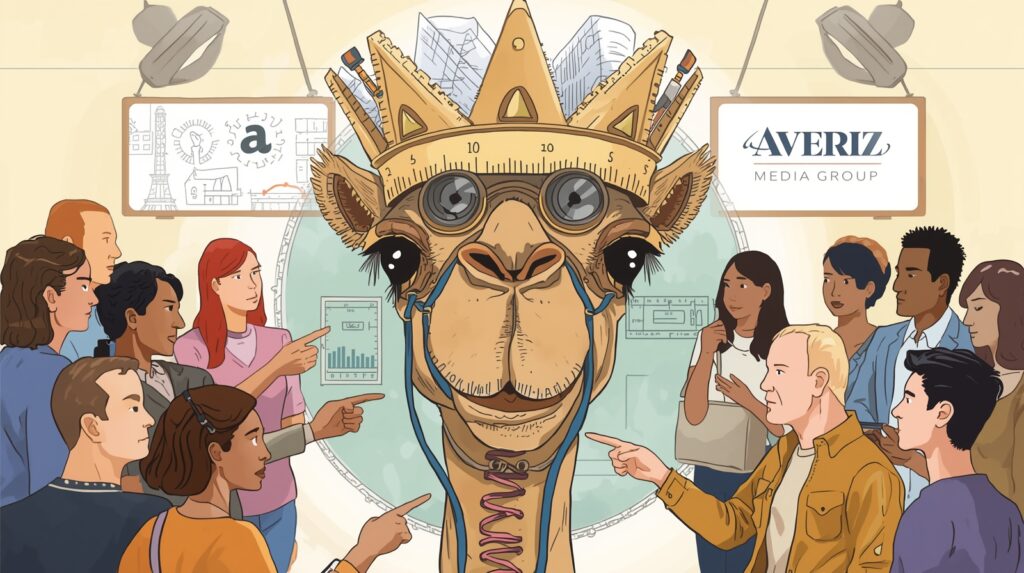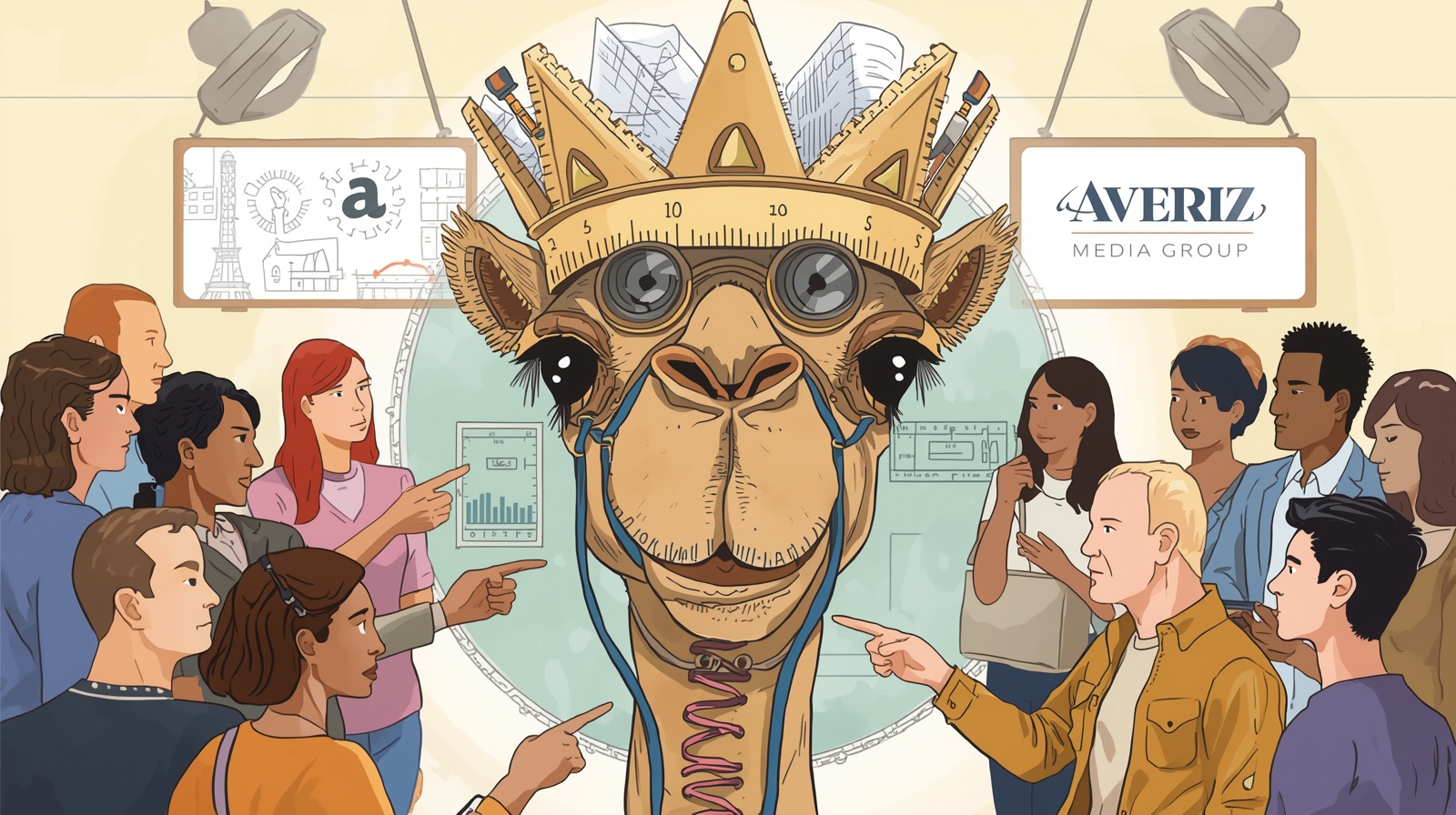A camel is a horse designed by committee.
The saying, “A camel is a horse designed by committee,” is more than just a witty remark—it’s a sharp commentary on the pitfalls of collaborative design when too many voices are involved. At its core, the phrase illustrates how a project, product, or system can become awkward, inefficient, or overly complicated when every stakeholder has a say. Where a single visionary might craft something elegant and functional, a committee often compromises until the result satisfies no one completely.
Consider the camel itself. Its body is neither as streamlined as a horse nor as simple as a donkey. It is built for endurance, survival in harsh deserts, and long journeys without water. Each hump, tough footpad, and thick coat serves a purpose, yet the overall design appears quirky or ungainly to the casual observer. This is precisely what the phrase hints at: when multiple designers—or decision-makers—attempt to address every concern, the outcome may be functional but aesthetically and structurally unusual.
In business and product development, the camel metaphor resonates strongly. Teams often encounter scope creep, endless revisions, and conflicting priorities. One member wants elegance; another demands cost-efficiency. Someone insists on safety, while others push for speed or marketability. As layers of compromise accumulate, the original vision—often simple and elegant—becomes diluted. The final product may work, but it carries the marks of countless compromises: unnecessary features, confusing interfaces, or inefficiencies that no single designer would have tolerated.
Interestingly, the camel is also a success story. Despite its unconventional design, it thrives in conditions that would kill a horse in days. Its “awkward” features are precisely what allow it to survive and excel. In this light, the saying also reminds us that designs born from collaboration aren’t always failures—they may just evolve in unexpected ways. Sometimes, the sum of many small adjustments produces something resilient and adaptable, even if it’s not sleek or beautiful.
The key is balance: allowing enough creative freedom for visionary ideas while integrating diverse input intelligently.
The broader lesson is nuanced. While committees can dilute elegance, collaboration can also produce resilience and adaptability. The key is balance: allowing enough creative freedom for visionary ideas while integrating diverse input intelligently, rather than succumbing to endless compromise. Teams that recognize this balance are more likely to create designs that are both functional and elegant, avoiding the awkwardness of the proverbial camel when a horse would suffice.

Ultimately, the phrase “a camel is a horse designed by committee” is both a warning and a reflection. It warns against overcomplicating through compromise and reflects the human tendency to favor consensus over vision. Like the camel, collaborative efforts may appear clumsy at first glance—but with the right perspective, they can prove remarkably capable and enduring.






